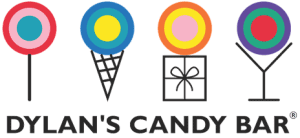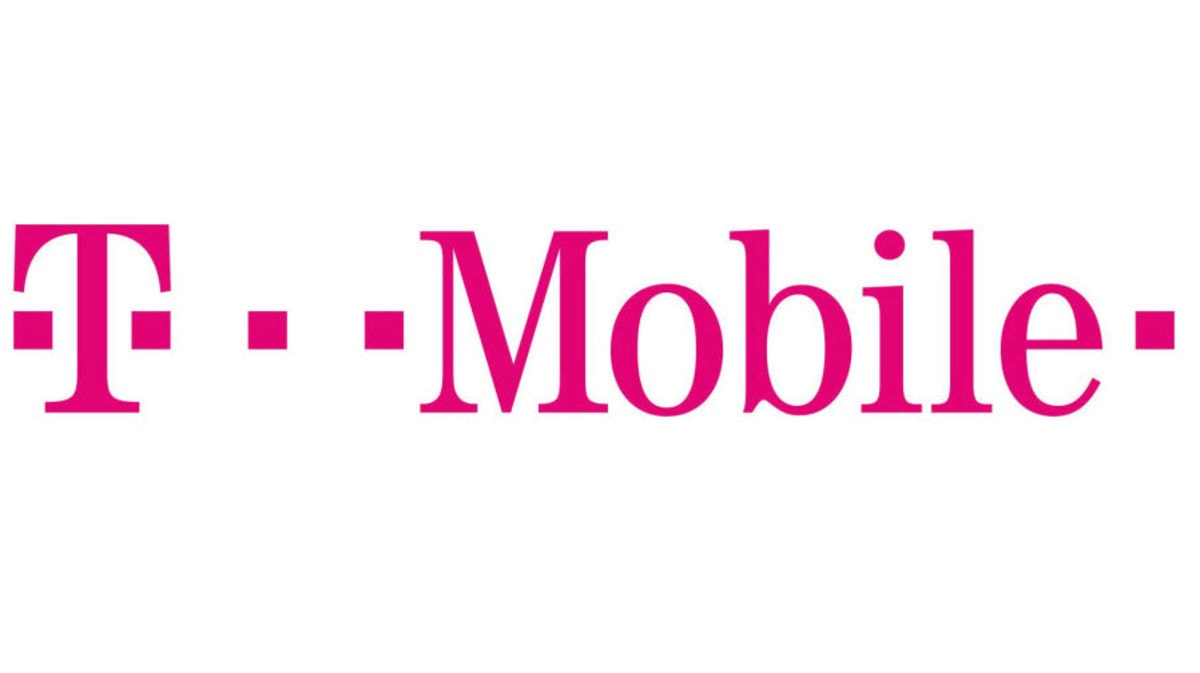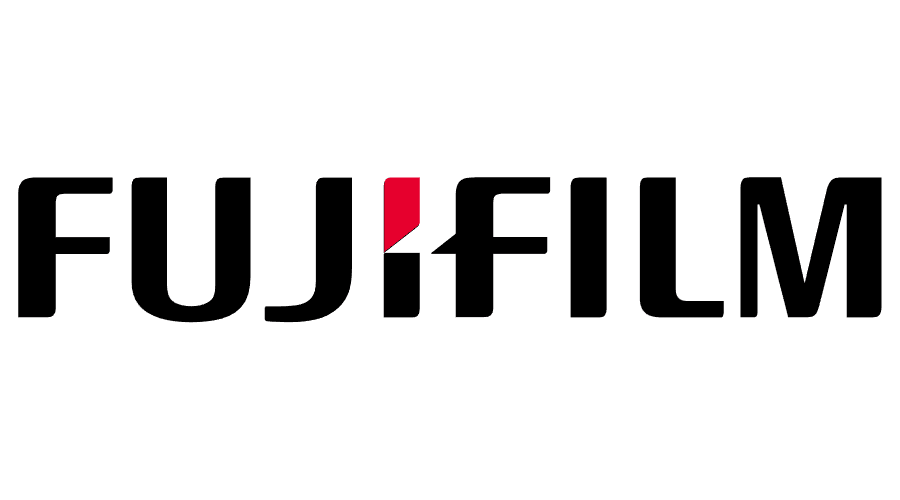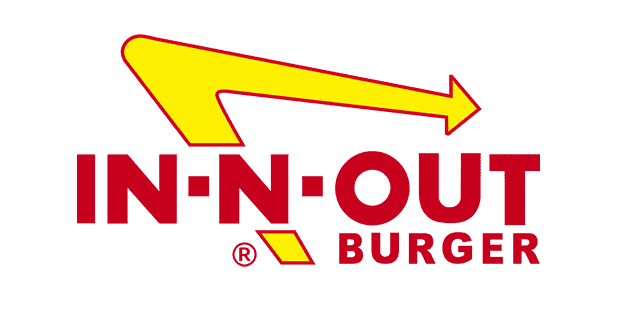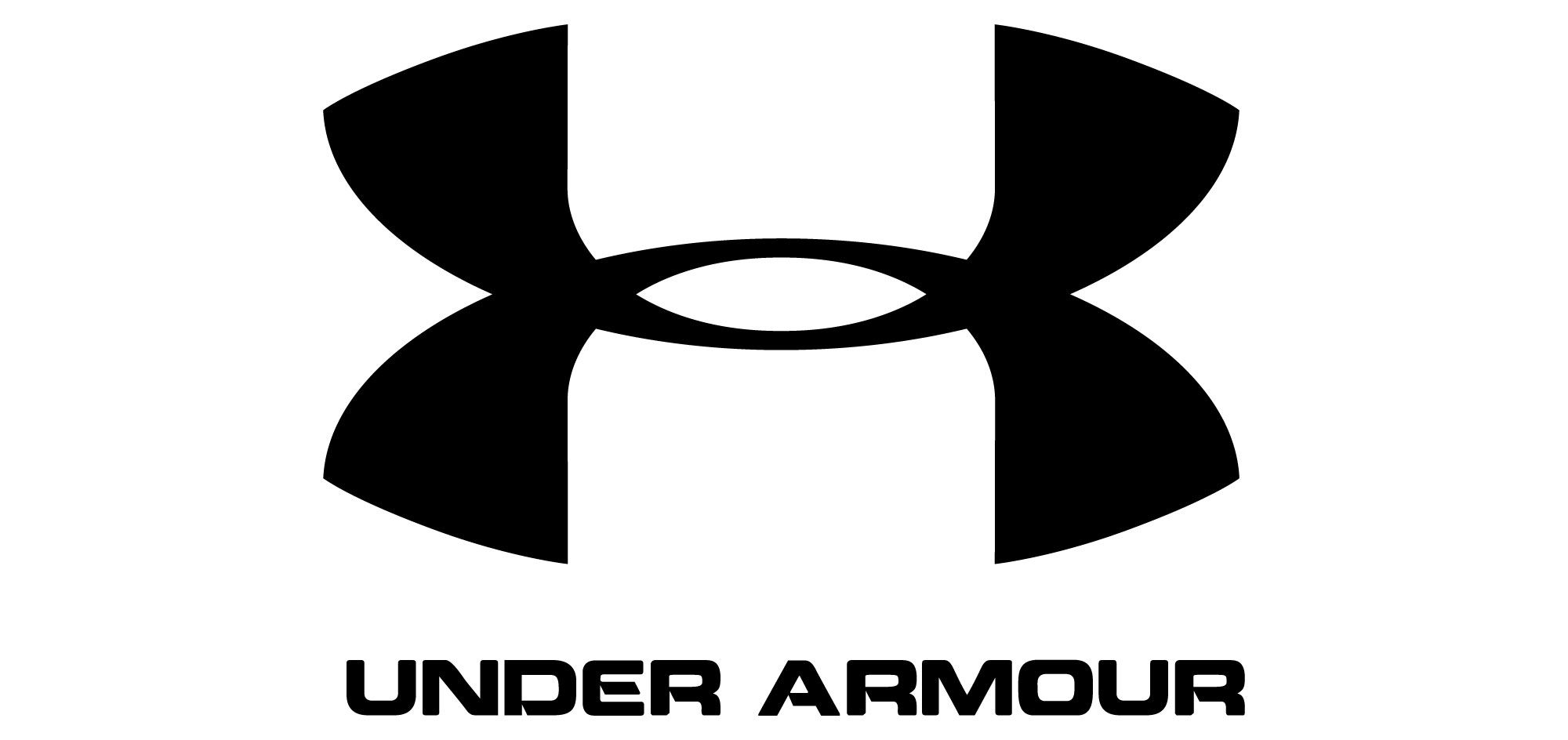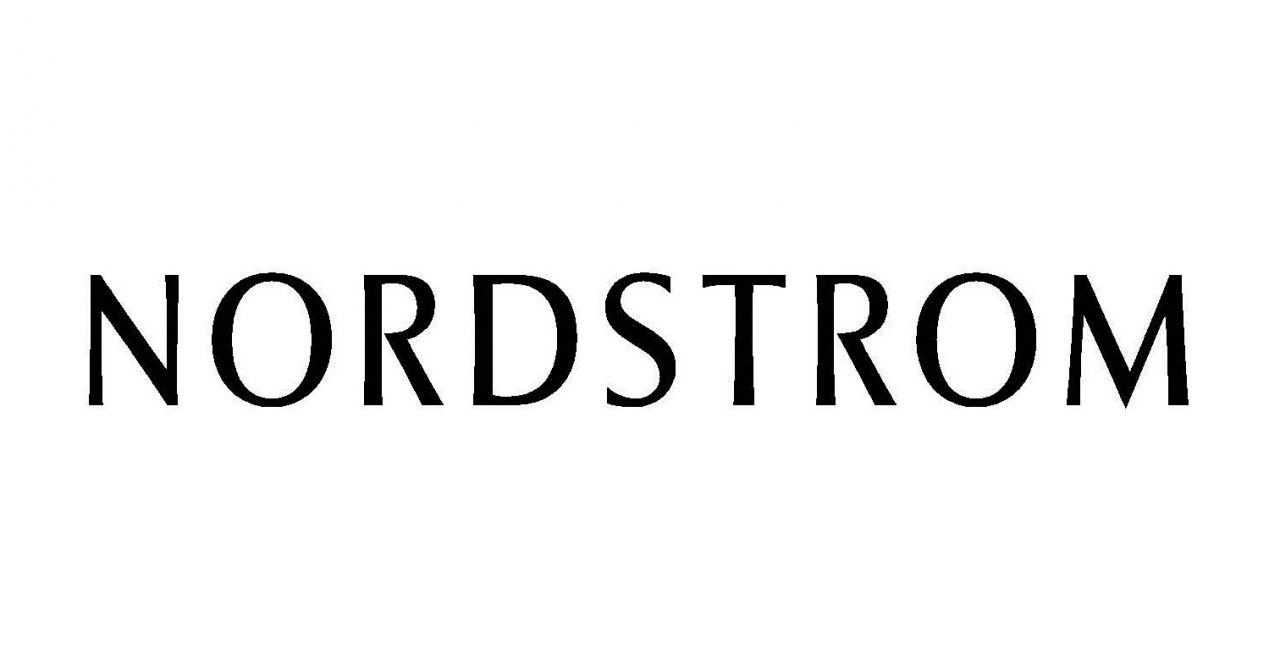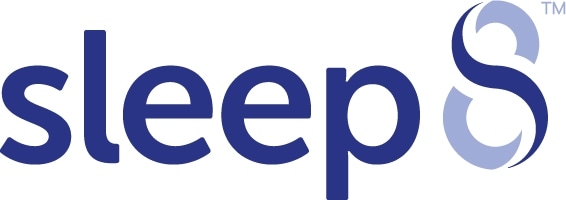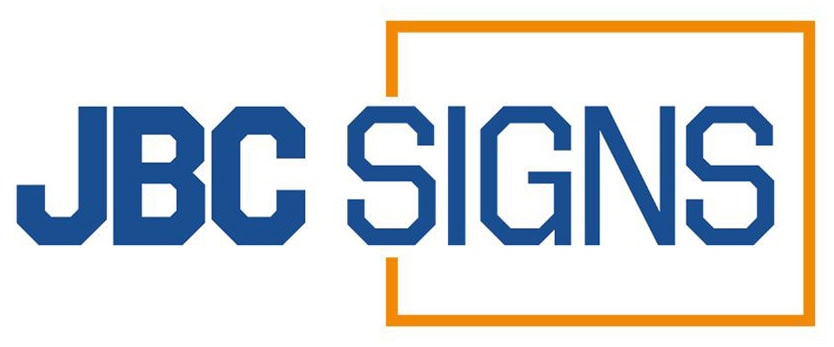Designing visual content for the web might seem similar to designing visual content for retail signage, but it’s actually very different. From visibility to effective use of a canvas, design for signage doesn’t have much in common with design for the web.
Despite the differences in format, a talented designer can easily adapt to the format of retail signage from the web. Understanding the differences and limitations makes it far easier to adapt and adjust your design priorities.
From space limitations to working with a fixed – rather than fluid – design, read on to discover five key differences to keep in mind when you’re designing for signage instead of digital.
Visibility and readability is far more important
On the web, visibility isn’t all that important. Since users are sitting in front of their computers and unlikely to leave just because your content takes a second or two to understand, there’s no need to design for immediate visibility.
In retail signage, however, things are very different. Visibility and readability are far more important because your audience can – and will, if required – give up and go to the next visible sign in the event that yours doesn’t interest them.
Don’t hide your message in retail signage. Make it immediately obvious what you’re trying to say so that people don’t give up on your sign. As well as making your main message obvious, make it as easy to read and understand as possible.
You no longer have unlimited space to scroll
On the web, users can keep scrolling and scrolling until they reach the bottom of the page, making the length of your design a non-issue. In retail signage, you have strict dimensions that your message must fit inside in order to be successful.
Keep your signage short, simple and interesting. Since you don’t have an unlimited amount of vertical space to work with, it’s important to limit what you use in a sign to make it quick and easy for people to understand.
Sometimes, the limitations of retail signage can be advantages. Since you’re forced to keep the key message behind your signage short and simple, there’s no possibility of going overboard with your design, as is much more possible online.
There’s no compatibility for you to worry about
In the world of web design, compatibility is a major issue. There are browsers for you to think about, as well as operating systems. There are even devices, from the classic desktop computer to mobiles, tablets and more.
In retail signage, there’s none of that to worry about. Although signs come in many different sizes and dimensions, it’s far easier to adapt a sign to fit a different canvas than it is to adapt a digital design to work across multiple browsers.
Enjoy the lack of compatibility – in many ways, it’s a huge advantage. Use the focus that you would otherwise spend on compatibility testing to ensure your sign design makes the best possible use of its canvas.
Your design is fixed, not built to scale up and down
As more and more people browse the Internet using their smartphones, tablets and other devices, the importance of designing for multiple resolutions and screen sizes is becoming greater.
In retail signage, there’s a need to design for multiple sign sizes, but no need to scale your design up and down as there is with digital design. Design a sign that works at one size and it’s extremely likely it will work well at another.
The best retail signs are simple, stylish and easy to understand at full size, as well as at a smaller scale. Just like online, you need to design your signage to scale in terms of size. However, there’s less of a need to design for multiple different canvases.
There’s no need to keep your audience focused
How long do you expect people to look at your retail signage? One major difference between retail signage design and web design is that retail signage success is made clear by people paying attention to your sign, then taking action.
Online, however, a key metric for success is how long people spend on a website in one session. The longer people pay attention and remain on-site, the more valuable a design or page is viewed as being.
Since retail signage is all about inspiring action, there’s no need to make sure people stay focused on your content as there is in web design. Design to encourage people to take action, not to linger on your signage for longer than they need to.



